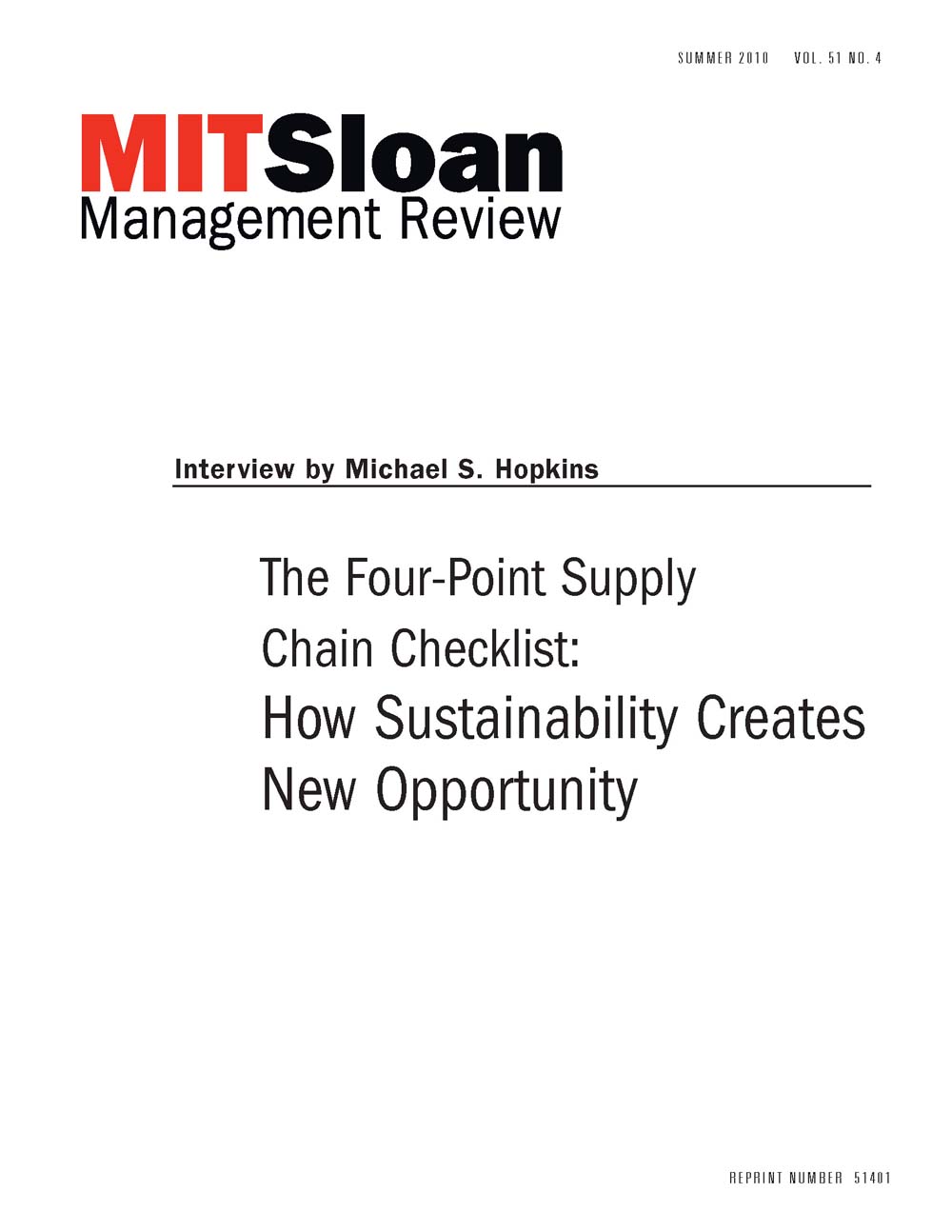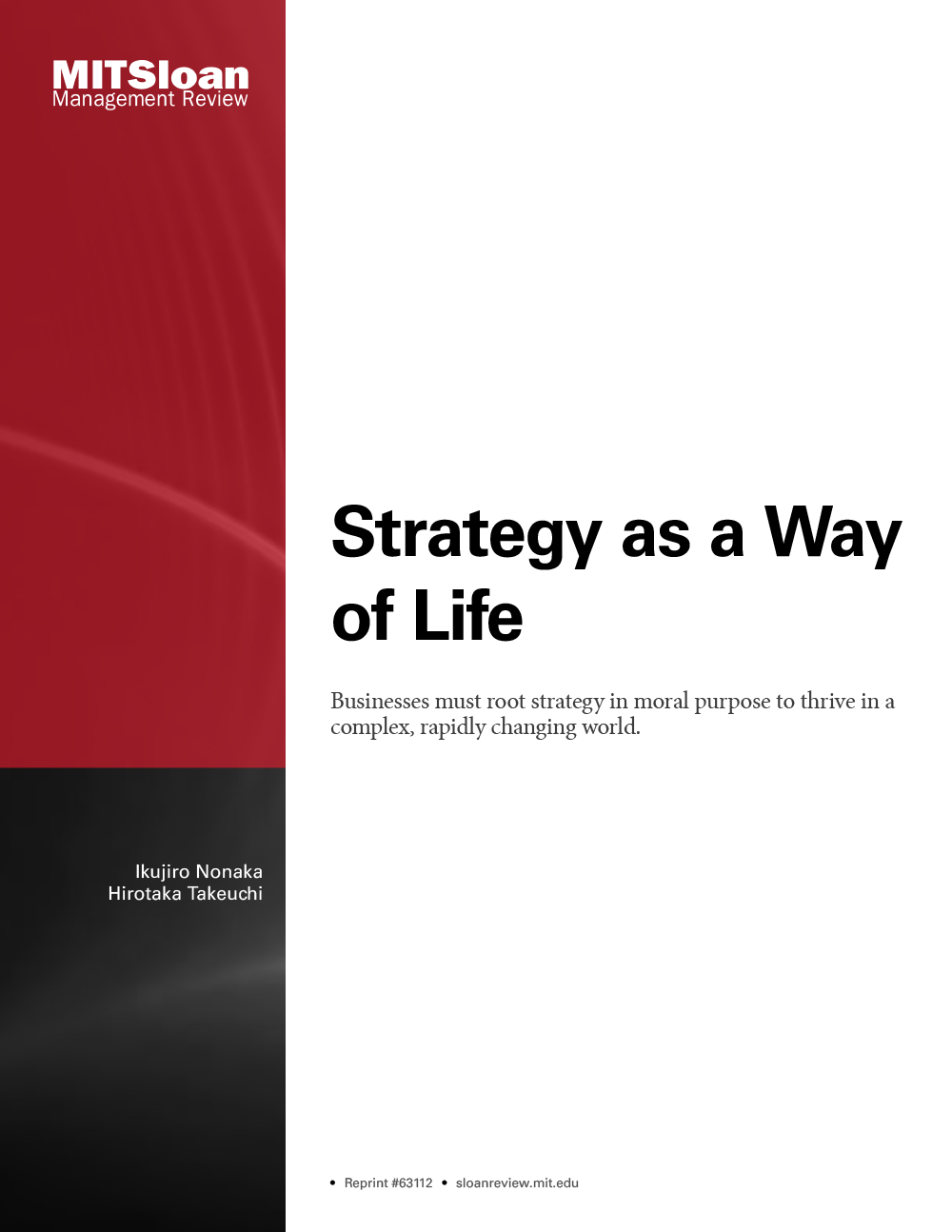
The Four-Point Supply Chain Checklist: How Sustainability Creates Opportunity
Because they interact with so many sections of a company, and even with a company's external partners, supply chain managers are uniquely positioned to consider and benefit from sustainability initiatives. Unfortunately, they rarely do so, according to Edgar Blanco of the MIT Center for Transportation & Logistics.
But Blanco says that that's changing. Increasingly, supply chain operators are capitalizing on four key areas of opportunity that Blanco describes in this interview: 1) Packaging redesign, which can reduce both environmental impact and the costs of shipping and waste. 2) Transportation system revision, which can reduce carbon footprints as well as costs. 3) Collaboration with suppliers on innovations that yield multi-party benefits. And, 4) Alignment with changing consumer expectations about sustainability-related product and service supply.
To gain the benefits that sustainability thinking can extract from supply chains, companies will need first to dramatically improve the information they capture and the ways they measure it. Then they'll need to understand the system effects of their activities, both within their own organizations and among stakeholders throughout their value chains. Early movers, says Blanco, have already achieved considerable competitive advantage.
But Blanco says that that's changing. Increasingly, supply chain operators are capitalizing on four key areas of opportunity that Blanco describes in this interview: 1) Packaging redesign, which can reduce both environmental impact and the costs of shipping and waste. 2) Transportation system revision, which can reduce carbon footprints as well as costs. 3) Collaboration with suppliers on innovations that yield multi-party benefits. And, 4) Alignment with changing consumer expectations about sustainability-related product and service supply.
To gain the benefits that sustainability thinking can extract from supply chains, companies will need first to dramatically improve the information they capture and the ways they measure it. Then they'll need to understand the system effects of their activities, both within their own organizations and among stakeholders throughout their value chains. Early movers, says Blanco, have already achieved considerable competitive advantage.




